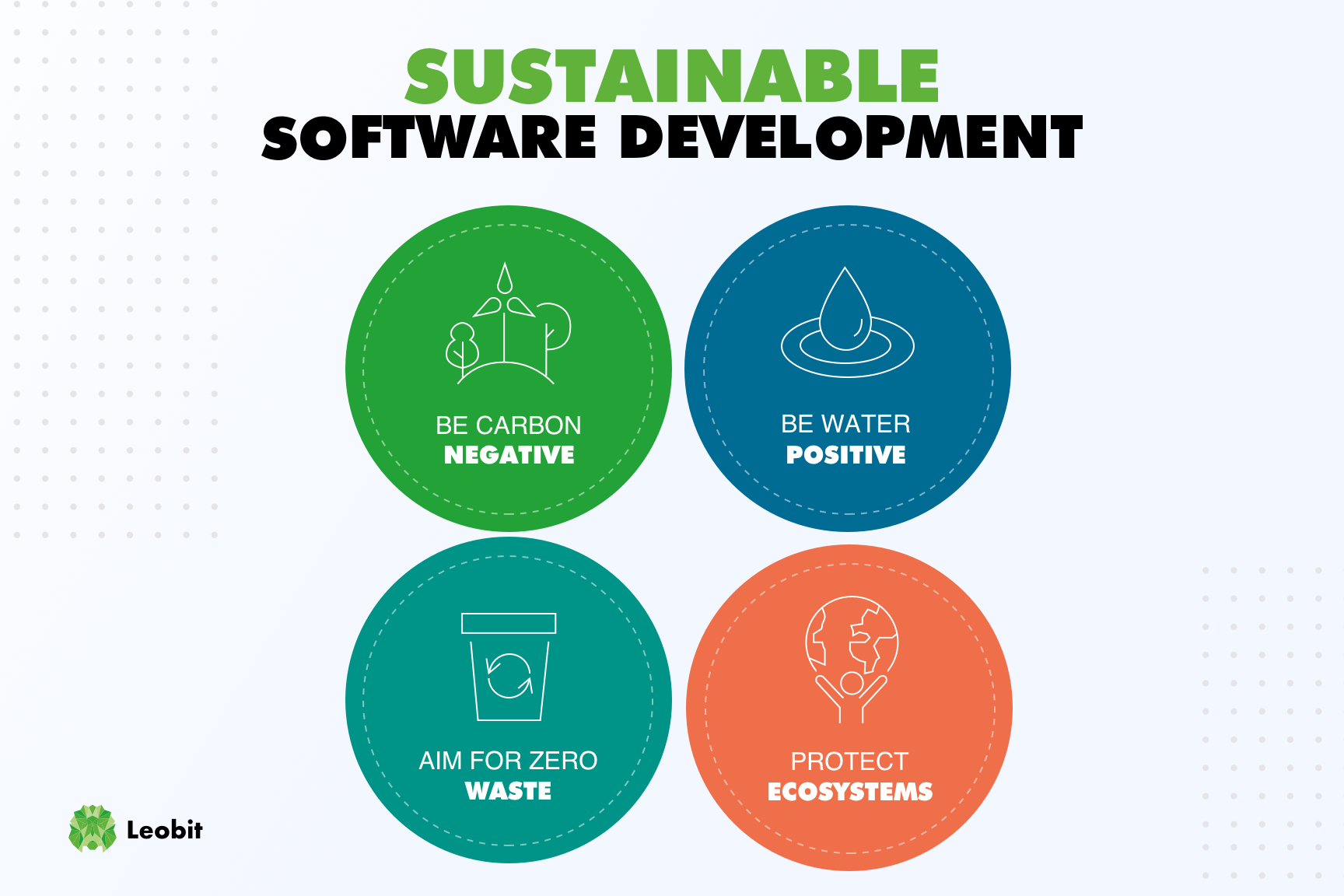
Sustainable Software Development: A Guide for Businesses
As the world becomes increasingly aware of the environmental and social impact of software development, there is a growing demand for sustainable software. Sustainable software is software that is designed, developed, and operated in a way that minimizes its environmental impact and social costs.